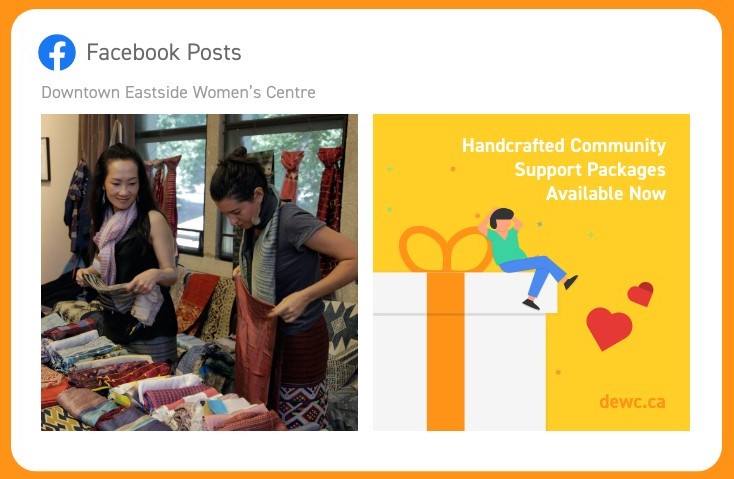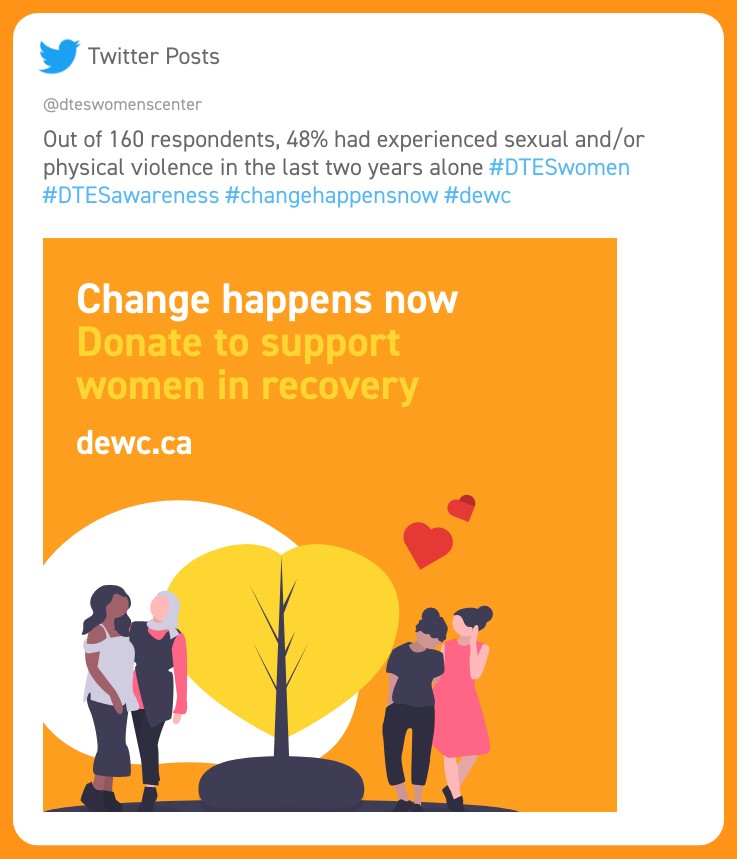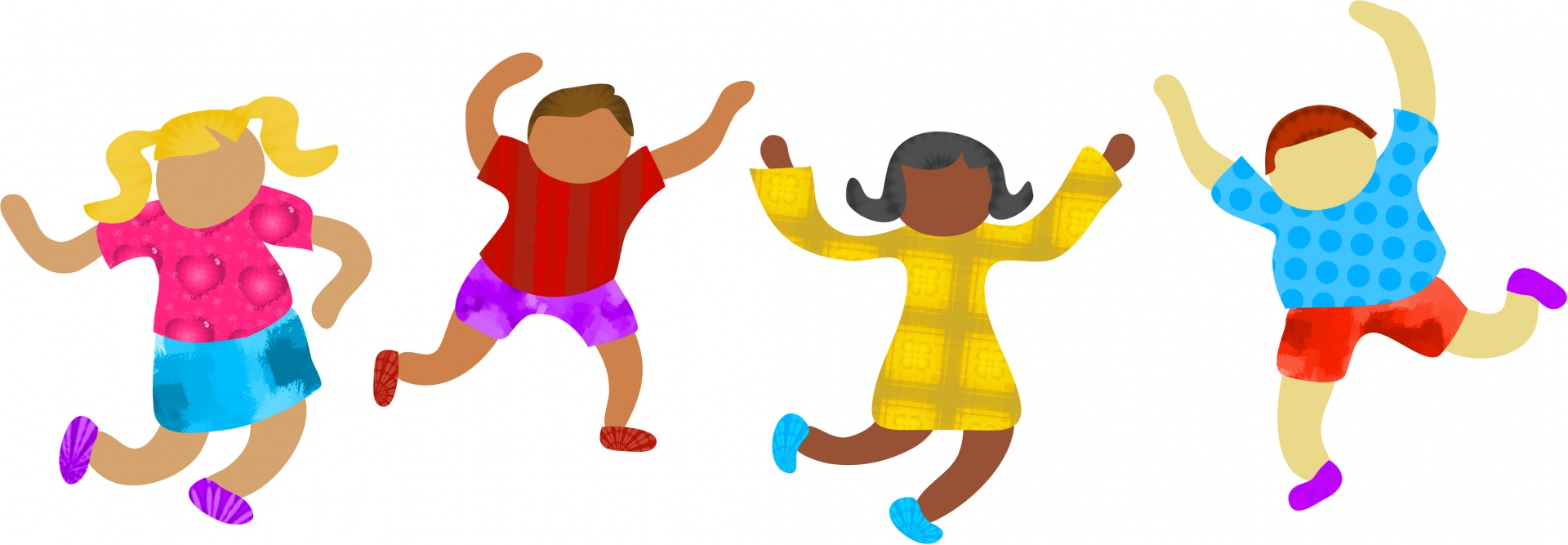Creative Brief
25 Designing For Your Audience II
Recall the earlier sections from this open textbook where the concepts Personas and the Spectrum of Allies were discussed. Through understanding the differences between active and passive personas, and how to categorize key players will enable an NPO to effectively shift support to the organization during a campaign. The next step is to apply these concepts to action so that you can develop a stronger understanding of your audience’s behaviour as well as their needs and wants.
Example of a Creative Brief Persona
1. Recall our persona examples
 Passive Ally Persona: Multichannel Consumers (Social Connoisseurs)
Passive Ally Persona: Multichannel Consumers (Social Connoisseurs)
- Offline too! Reach them at offline touch points and invite them to participate in online social media.
- Friendlies. They influence to some extend via normal friend-to-friend engagement.
- Takin’ it easy. Due to their level of activity, their sphere of influence is not a dominant part of their persona.
2. Create a persona card to inform your design decisions
Persona Card

“Donations are effective. They progress movements and advance change in society.”
Background
Eris is a marketing graduate, devoted to philanthropy and supporting local initiatives. Her motivations are personal and she believes in social good. She volunteers weekly at Apathy is Boring, mentoring youth and speaking from her experiences.
Relationship with Technology
Will use for professional connections (LinkedIn, Facebook, Twitter).
Wants
- Staying busy and mentoring youth
- Racial justice
- Diversity in our communities and peace in the world
Pain Points
- Being provided with too few options
- Waiting in lines for anything and wasting time
- Skeptical of corporate messaging that seems ingenue or inauthentic
Hobbies
Mindful meditation and/or yoga
Critical Thinking
What other aspects make up Eris’ persona? What is her typical day to day? How does she get involved with NFP organizations.
3. Create your designs – informed by steps 1 & 2
- Persona considerations
- Enjoys multitasking but hates wasting time
- Prefers visuals over text
- Skeptical of corporate messaging (inauthentic)
- Campaign design
- Highly visual
- Clear and concise messaging
- Storytelling messaging from real people (authenticity)
- Call to action for medium-level engagement
Example: Facebook post

Consider values:
- Using imagery that represents the cause that you are supporting can be more authentic and resonate with your audience.
- Consider other value propositions that your allies may be interested in. If they do not feel that monetary donations can impact your cause, they may feel more compelled to purchase a community support package instead. Remember to provide different levels of engagement.
Example: Twitter post

- Messaging can tell people something new, something they had not thought about. Passive allies are social connoisseurs who take it easy with influence. Informing and educating is a good design solution for the intended audience. The content design of this twitter post is shocking and may spark conversation/further engagement as well.
- Call to action: To match Eris’ persona that is based on the passive ally, “Donate” is a call to action that engages her (as a philanthropist) in the visual. Additional messaging in the Instagram post could expand on where to donate.
Consider Tactics and Channels
Tactics have to do with the strategies/steps that need to be taken in order to achieve the end goal, and the channel is the path on how to get there. Upon reviewing the examples above, it is evident that personas and user values can play a large role in the design decision-making process because these groups of individuals are ultimately what drives an organization to keep moving forward. All the research on who you are targeting can also inform which tactics and channels you will choose to move forward with. Before you design, consider these questions:
- Which channels do your participant communities have access to?
- Which channels does your target audience/s follow the most?
- Which channels can best carry your message?
- Which channels will be most likely to encourage people to take action?
Examples
- If you are trying to reach the youth about a climate change rally, will you use e-mail marketing to contact them? Unlikely, as it would be more effective to use social media such as Instagram or TikTok and partner with online influencers with a large audience to promote climate change. Remember you can use a combination of deliverables and tools to spread your campaign message to different audiences.

- While you may send out video footage of human rights violations to national television stations, to ensure they receive widespread general attention in your country, you could also have a blog or Twitter platform that regularly updates your global audience about new footage you have obtained, provides information regarding where it has been broadcast and shares responses you have received from audiences, relevant organizations and government bodies.
In the next two sections: Branding and Marketing, we’ll go more in-depth into how to design your brand and campaign based on all of the research you’ve done up until now.
Attributions:
This page contains material taken from:
Black, S., Gardner, D., Pierce, J., & Steers, R. (2019, February 27). Business Model Canvas. Retrieved May 28, 2020, from https://opentextbc.ca/organizationalbehavioropenstax/chapter/business-model-canvas/
“Empowering Women Artisan Market” is copyright (c) 2013 Burke Museum. This work is licensed under a Creative Commons Attribution-NonCommercial 2.0 Generic License
Roberts, J. (n.d.). Creative brief. Retrieved May 28, 2020, from https://ohiostate.pressbooks.pub/stratcommwriting/chapter/creative-brief/

